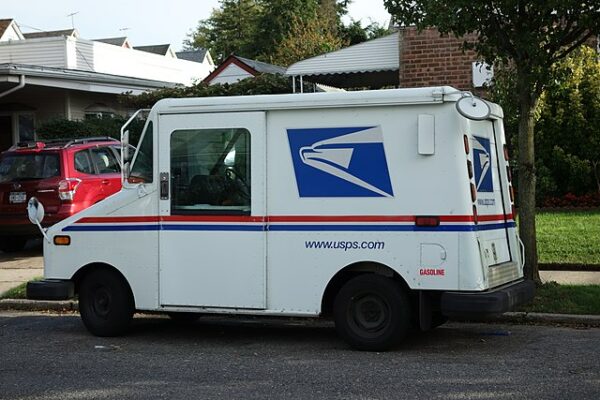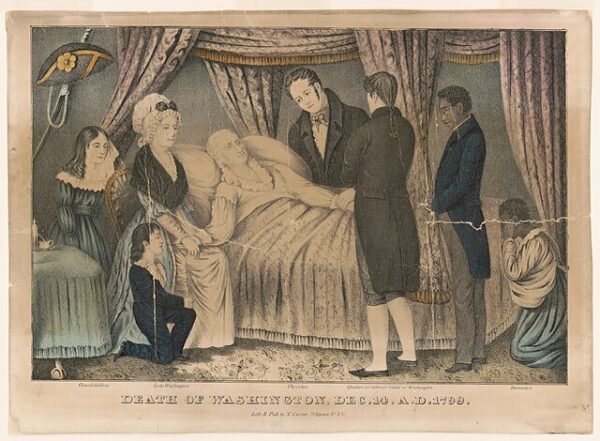ZIP Codes, short for “Zone Improvement Plan” Codes, have been integral to the United States Postal Service since their inception in 1963. Their primary purpose is to enhance the efficiency and accuracy of mail delivery, reflecting a history marked by evolving needs and technological advancements in postal services.
Before the establishment of ZIP Codes, the U.S. postal system was heavily dependent on local knowledge and manual sorting. The Post Office Department, as it was known at the time, faced significant challenges with the increasing volumes of mail, particularly in urban areas, during the early 20th century. To address the issue, a system of postal zones was introduced for large cities in 1943. These zones, essentially the forerunners to ZIP Codes, aimed to improve the routing of mail within cities, thought they remained limited in scope.
The post-World War II era saw a dramatic surge in mail volume, driven by suburban expansion, economic growth, and increased commercial correspondence. This surge highlighted the inadequacies of the existing postal zones. In response, the USPS initiated the Zone Improvement Plan. The plan was led by Robert Moon, a postal inspector who is often credited with conceiving the basic idea of the ZIP Code. Moon proposed a system that would divide the country into ten distinct regions, each identified by the first digit of the ZIP Code. This would be followed by two digits representing sectional center facilities (SCFs) that route mail to specific post offices within the region. The final two digits would pinpoint individual post offices or delivery areas.
On July 1, 1963, the USPS formally launched the ZIP Code system, which quickly became a critical component of the postal infrastructure. The introduction of ZIP Codes coincided with the USPS’s efforts to automate mail sorting processes. Mechanical sorting machines, known as Multiline Optical Character Readers (MLOCRs), were developed to read ZIP Codes on envelopes, significantly accelerating mail processing speeds and reducing the likelihood of errors.
The adoption of ZIP Codes was initially voluntary for many Americans, but the benefits of the system soon became apparent, leading to widespread acceptance and usage. Businesses, in particular, were early adopters, as ZIP Codes facilitated bulk mailings and targeted advertising campaigns. Over time, the five-digit ZIP Code became an indispensable part of addressing in the United States, not only for mail delivery but also for various administrative and logistical purposes.
In 1983, the USPS introduced an expanded ZIP Code format known as ZIP+4. This new format added four additional digits to the original five-digit code, providing even more precise location information. The additional digits represent specific delivery routes, buildings, or floor numbers within larger buildings. ZIP+4 was designed to further enhance the efficiency of mail sorting and delivery, particularly in densely populated urban areas and large commercial complexes.
The impact of ZIP Codes extends beyond the realm of postal services. They have become vital for demographic analysis, marketing, and planning. Government agencies, businesses, and researchers use ZIP Code data to analyze population trends, economic patterns, and regional characteristics. Additionally, ZIP Codes play a crucial role in emergency response systems, enabling quicker identification of locations during crises.
Over the decades, ZIP Codes have been integrated into various technological platforms, from geographic information systems (GIS) to online mapping services and e-commerce databases. This integration underscores their enduring significance in an increasingly digital world. As the USPS continues to innovate and adapt to changing communication and logistical landscapes, the ZIP Code system remains a testament to the power of systematic organization and technological advancement in meeting the demands of a growing and dynamic nation.






